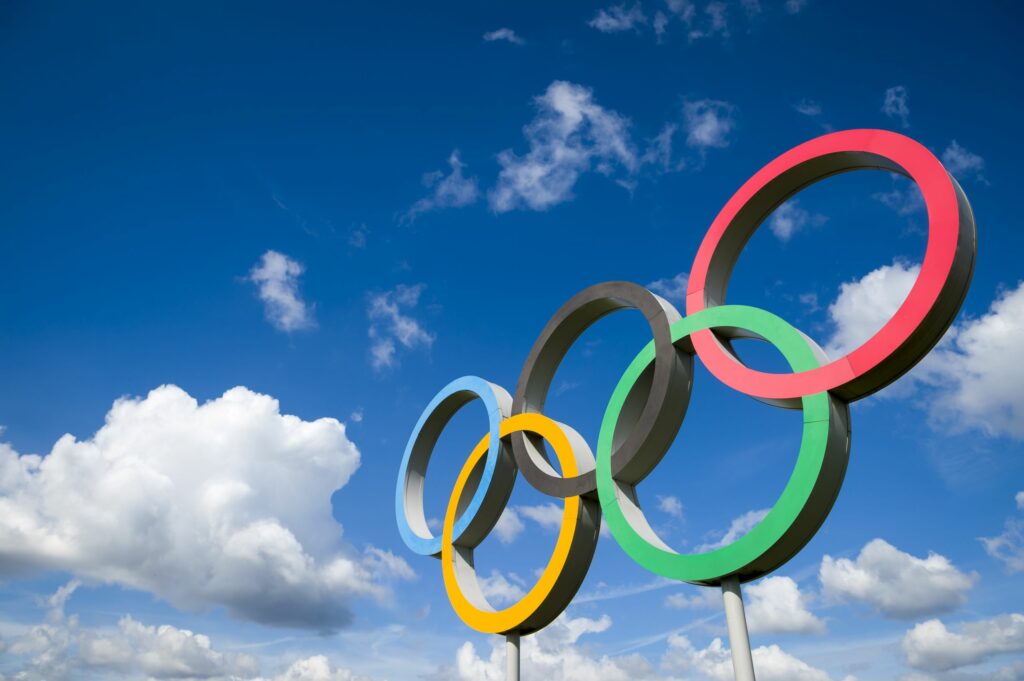Flashback
Tokyo last hosted the Olympic Games in 1964. At that edition of the Games, Canada’s only gold-medalists were men’s pair rowers Roger Jackson and George Hungerford. As Canada’s largest rowing team in 25 years gears up for Tokyo 2020, Kai Langerfeld and Conlin McCabe will be looking to repeat history in the same event. The…
Heat acclimatization
The Tokyo Olympic and Paralympic Games are expected to be among the hottest ever recorded. As athletes prepare for the games, researchers have found that heat acclimatization is the best measure to protect health and performance. This can include 60 to 90 minutes of daily training in the heat for one to two weeks before…
Summer 2021 SIRCuit
The Summer 2021 SIRCuit is now available! The SIRCuit is designed to highlight important research and insights to advance the Canadian sport system. With the summer Olympic and Paralympic Games in Tokyo on the horizon and the winter Games in Beijing just around the corner, this edition of the SIRCuit dives into issues and trends that will…
Building a culture of excellence in high performance sport

Highlights An organization’s culture involves the values, attitudes and goals that are shared by a group of people. These values, attitudes and goals influence how the group interacts and operates as its members work toward a common goal. Within and beyond sport, culture helps to determine a team’s focus, establishes norms of acceptable behaviour and…
The evolution of the active economy

Highlights In November 2018, Calgarians participated in a plebiscite to decide if the city should proceed with a bid to host the 2026 Olympic and Paralympic Games. Calgary’s shot at hosting its second Olympics and first Paralympics came to an end as 56.4% opposed bidding. This was perhaps the final straw in what we, Calgary-based academics at Mount Royal University, had seen…
Preparing for an Olympic and Paralympic Games like no other

Highlights SIRC asked former sports journalist Teddy Katz to sit down (virtually) with leaders from the Canadian Olympic Committee (COC) and Canadian Paralympic Committee (CPC) for a behind-the-scenes look at the challenges of preparing for 2 Olympic and Paralympic Games amid a global pandemic. After a one-year postponement, the Summer Games, set to be held in…
Sport climbing
Sport climbing is scheduled to make its Olympic debut in Tokyo this summer. Research shows that sport climbing is a safe sport with low injury frequency. However, climbing on artificial surfaces rather than on real rock encourages more acrobatic movements that can increase the risk of injury.
Podium hopefuls
The upcoming Tokyo Games will provide a platform for Canadian athletes to shine. For many, their development path has not been a straight line from playground to podium. Learn about RBC Training Ground and Paralympian Search – two programs designed to support athlete development in Canada and help build the pipeline of future podium hopefuls.
Holistic approach to athlete development
A holistic approach to athlete development considers the interconnections between different spheres of an athlete’s life, and recognizes their impact on performance. Whether athletes are struggling with the ongoing impacts of the pandemic, relocation, injury, or the end of a relationship, coaches and IST members can support them in evaluating the impact across the spheres…
Pandemic gymnastics
“We saw how important it was for the athletes to compete again and to be under that kind of positive pressure… Getting athletes in front of even virtual judges was really beneficial in terms of their preparation for Tokyo.” In the SIRC blog, Amanda Tambakopoulos, Program Manager for Women’s Artistic Gymnastics at Gymnastics Canada, shares…